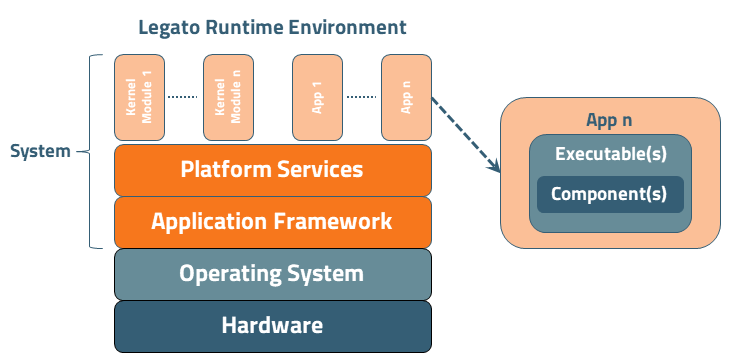Here is a brief description about AirVantage:
This service provides an API that controls the connected pool of SIMs and devices the SIMs are attached to. The AirVantage producers introduced it as a scalable cloud services to manage connectivity, devices, data, and enable applications. Its services can be divided in two categories:
- Connectivity Management: the project holder can handle the life cycle of SIMs (registration, connectivity, retirement) and observe the consumption of each SIMs either instantaneously or over a period, it can alert for the case of exceeding the consumption bounds. The API provide the same service with 3rd party SIMs companies (e.g. Orange, Vodafone).
- Device Management: this service facilitates bi-directional communications with the connected hardwares. It can check the connectivity of the devices and even access to the gateway's data that are both crucial for business purposes. The API user can send directly control instructions to targeted devices that helps diagnosing remotely and reducing the site visits. It can be updated to adapt to newly deployed devices that provides advanced reporting features. AirVantage is integrated with Sierra Wireless’ Legato framework and it allows device users to update, activate and suspend directly from the operations console or with the APIs.
Both of these services are also provided through a web service API. The application has an ease to send data to widely used cloud services, e.g. Amazon Web service and Google Cloud platform.

some background information that might be important for this challenge:
The challenge seems to be run by SierraWireless (what about michelin @Didier?).
The mangOH platform consists of:
Here is some more information about the hardware: https://github.com/mangOH/mangOH/wiki/mangOH-Red-mt7697
The interest of SierraWireless with this challenge seems quite obvious, to promote their end-to-end IoT platform. There are many competitors to their platform, including google, amazon. Description of IoT platforms. (edited)